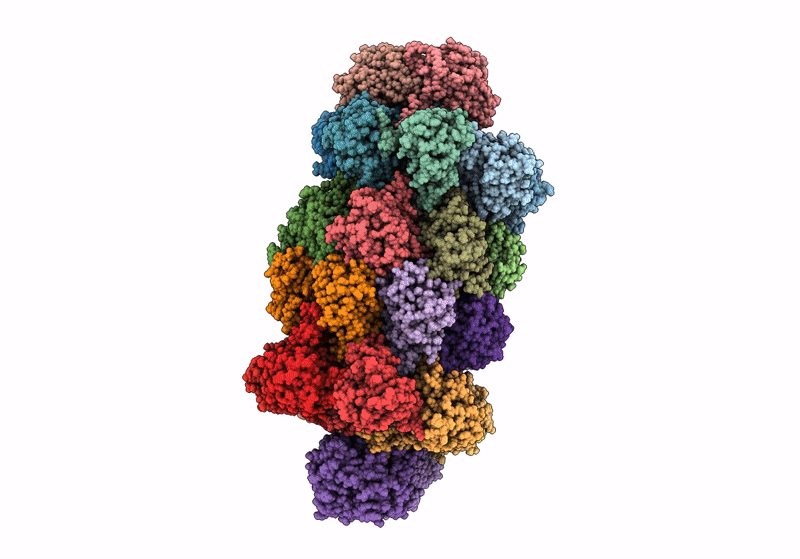
Deposition Date
2023-09-14
Release Date
2024-04-17
Last Version Date
2024-10-16
Method Details:
Experimental Method:
Resolution:
2.80 Å
Aggregation State:
PARTICLE
Reconstruction Method:
SINGLE PARTICLE


